Khaybar & Taymas Unveiling Saudi Arabia’s Ancient Heartlands
Nestled in the arid yet enchanting landscapes of northern Saudi Arabia, Khaybar and Tayma stand as timeless testaments to the region’s rich history, cultural diversity, and natural wonders. Once vital hubs along ancient trade routes, these oases have witnessed the rise and fall of civilizations, from the Lihyanite Kingdom to early Islamic communities. Today, they offer travelers a journey through time, blending archaeological marvels, dramatic desertscapes, and stories etched in stone. This guide explores the hidden gems of Khaybar and Tayma, providing insights into their historical significance, must-see attractions, and practical tips for an unforgettable adventure.
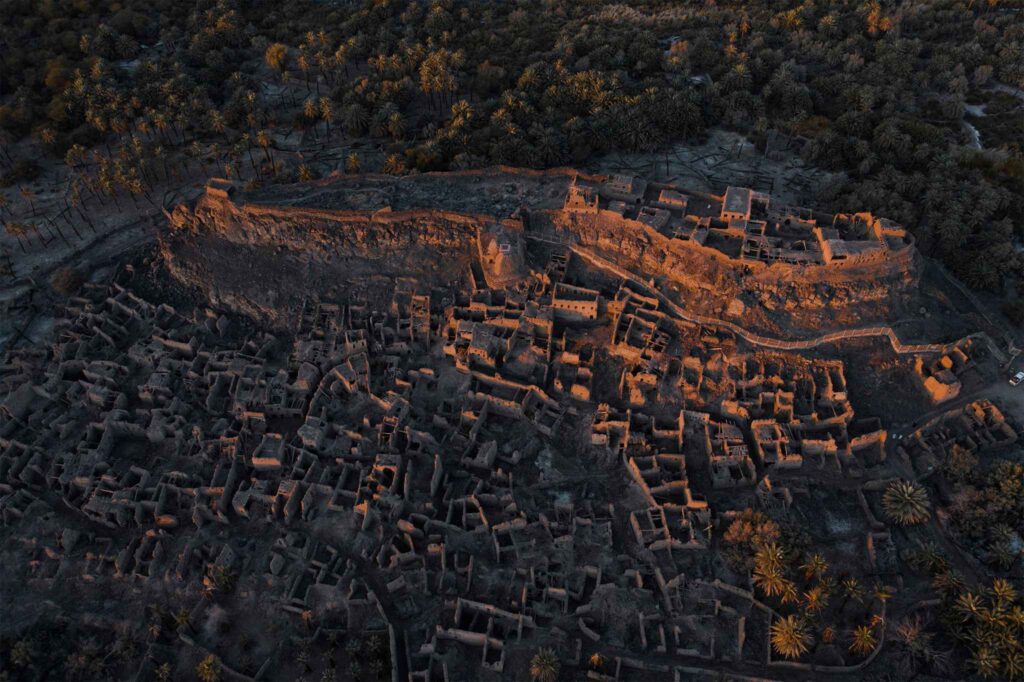
Khaybar: Where History Meets Oasis Serenity
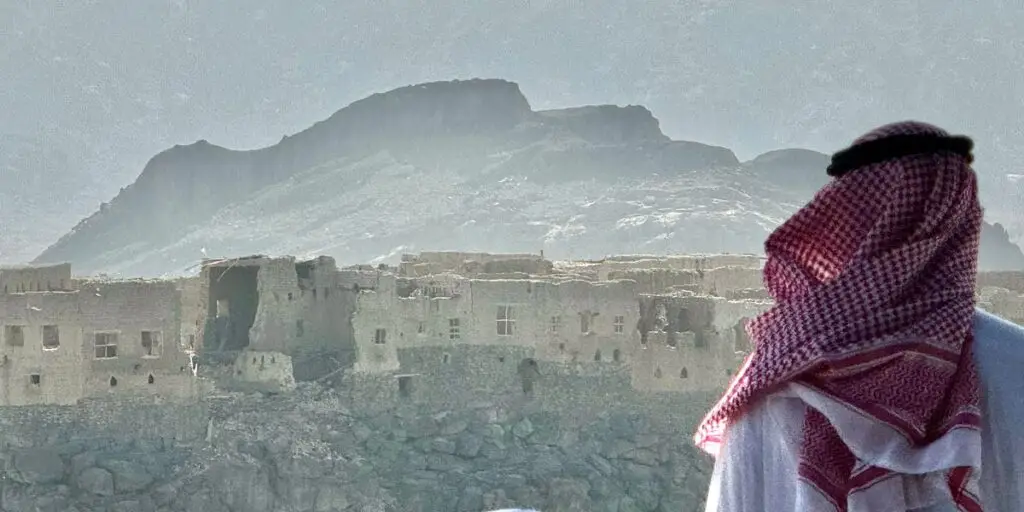
Historical Significance
Top Attractions in Khaybar
1. Khaybar Fort (Al-Qamus Fort)
Dominating the skyline, this 8th-century fortress is a masterpiece of defensive architecture. Built atop a volcanic hill, its labyrinthine corridors and watchtowers offer panoramic views of the oasis. The fort’s strategic location made it a key stronghold during the Battle of Khaybar.
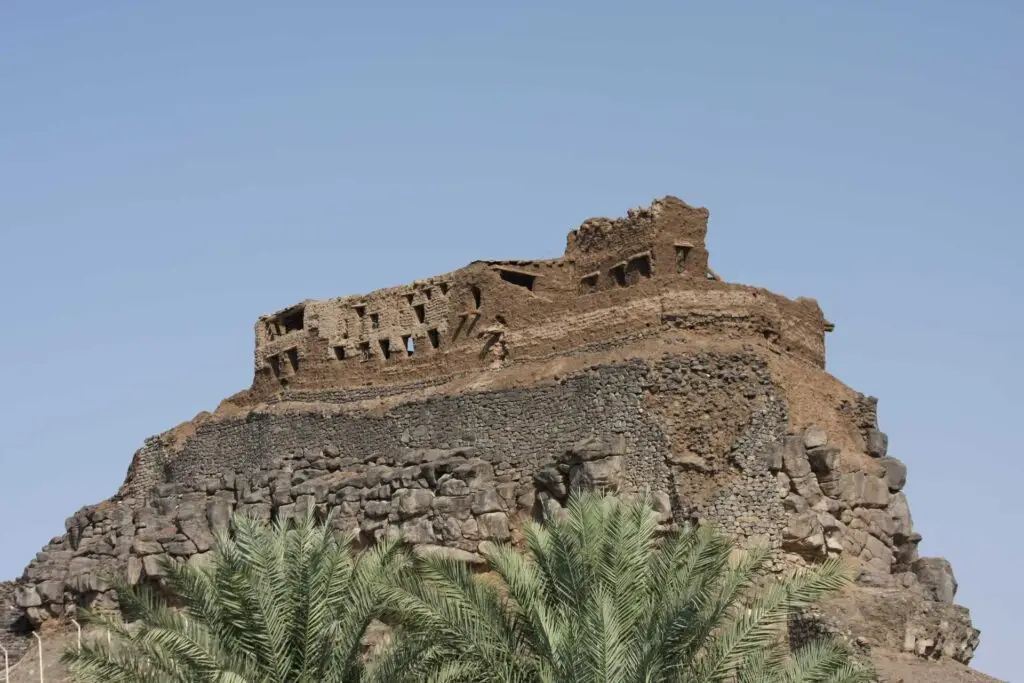
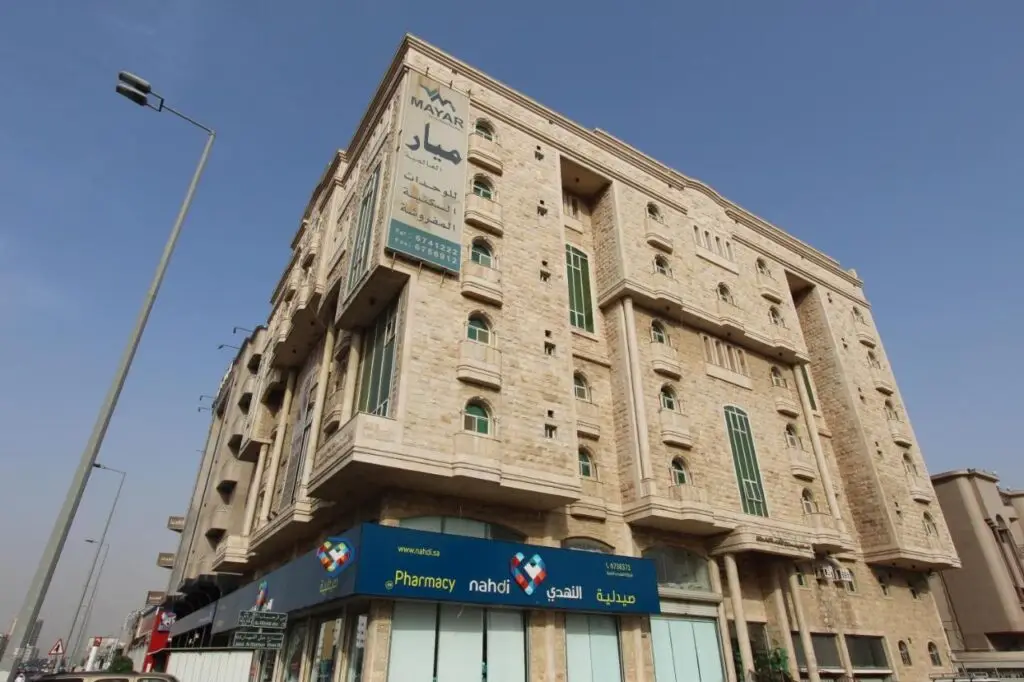
2. Al-Musayqar Village
Wander through the ruins of this centuries-old village, where crumbling stone houses and remnants of traditional falaj irrigation systems reveal Khaybar’s ingenuity in sustaining agriculture in harsh climates.
3. Date Palm Groves
Khaybar’s date farms are a lush contrast to the surrounding desert. Visitors can tour plantations, learn about cultivation techniques, and savor the region’s prized Khaybari dates , celebrated for their sweetness and size.
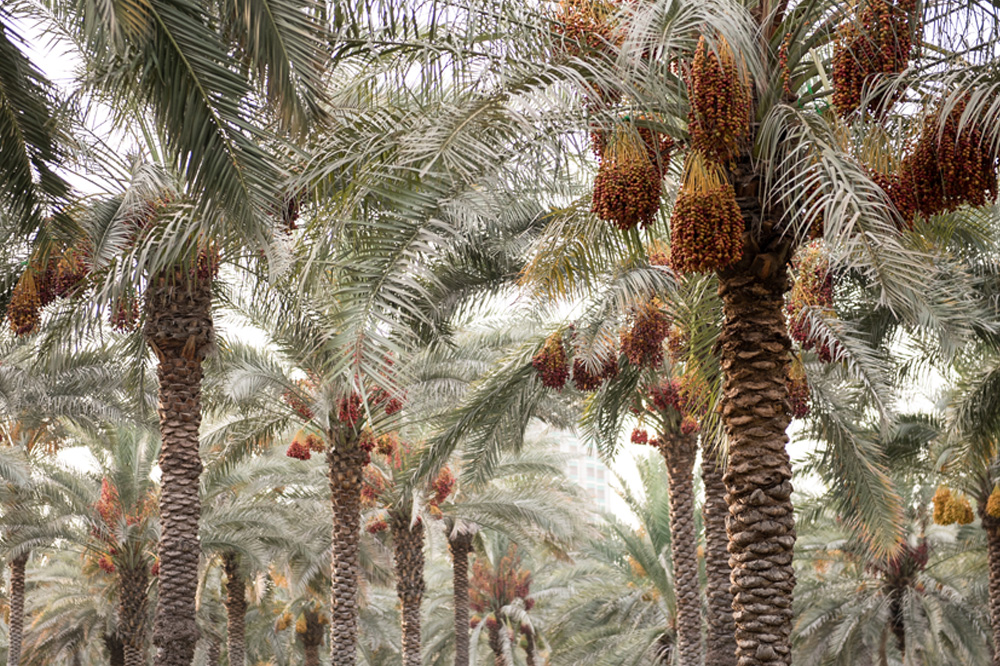
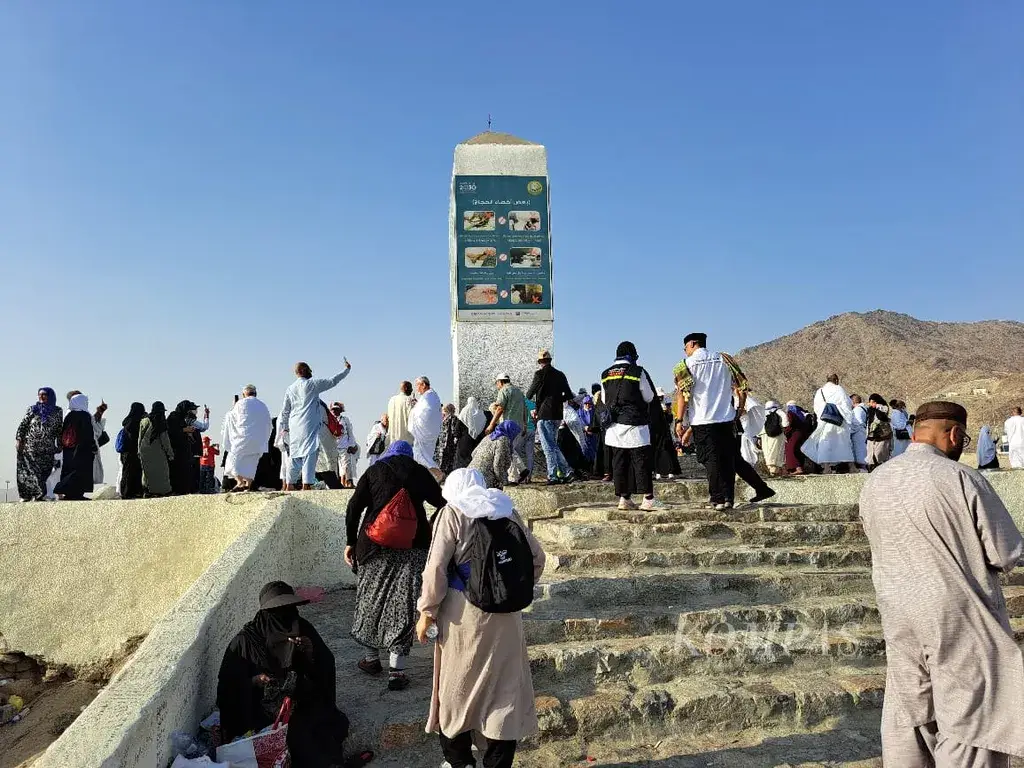
4. Jabal al-Rahmah
This volcanic mountain, named “Mountain of Mercy,” is steeped in local legends. Hike its trails to discover ancient rock art and petroglyphs depicting scenes of daily life and wildlife.
Cultural Experiences
- Traditional Cuisine : Savor madhbi (slow-roasted lamb) and jareesh (cracked wheat porridge) at local eateries.
- Handicrafts : Shop for Khaybari pottery and woven palm-leaf baskets, crafted using age-old techniques.
Tayma: The Oasis of Legends and Ancient Empires
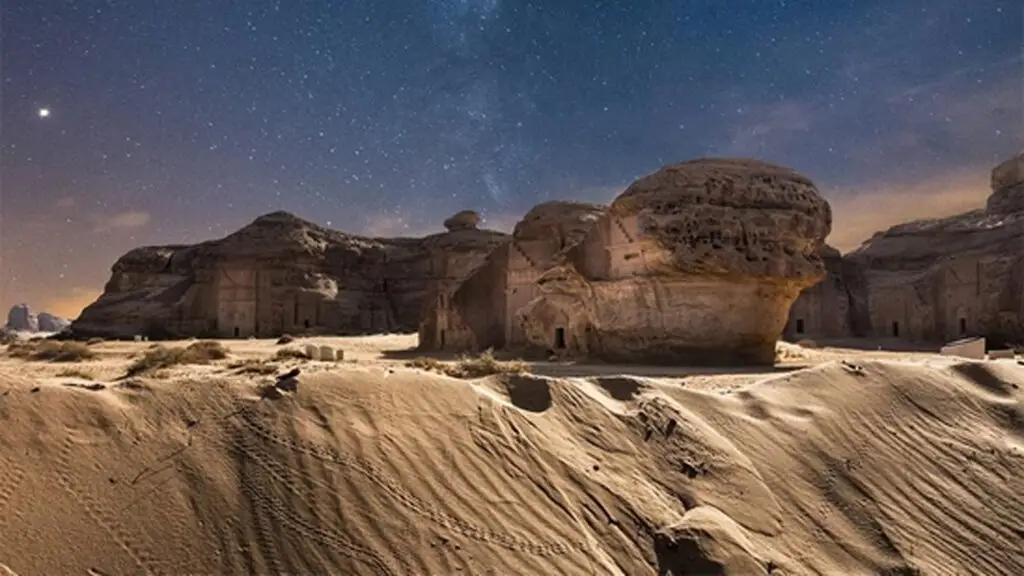
Historical Significance
Top Attractions in Tayma
1. Al-Naslaa Rock Formation
A natural wonder shrouded in mystery, this towering sandstone rock is split precisely down the middle, with ancient Thamudic inscriptions adorning its surface. Local lore attributes the split to a mythical sword strike.
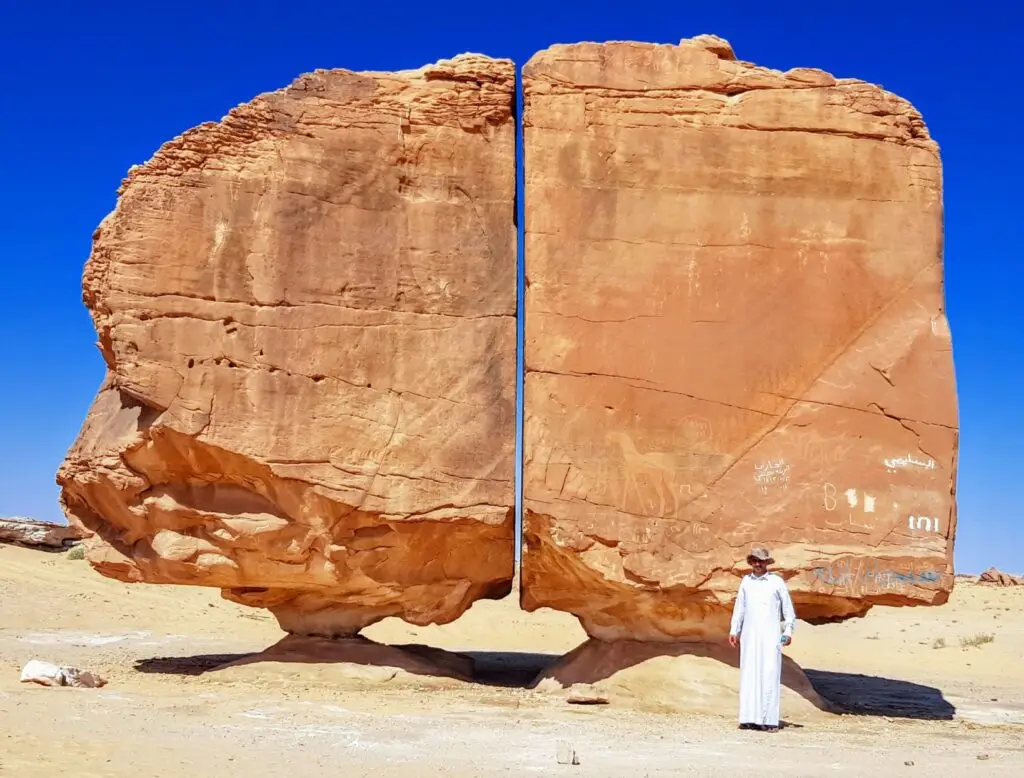
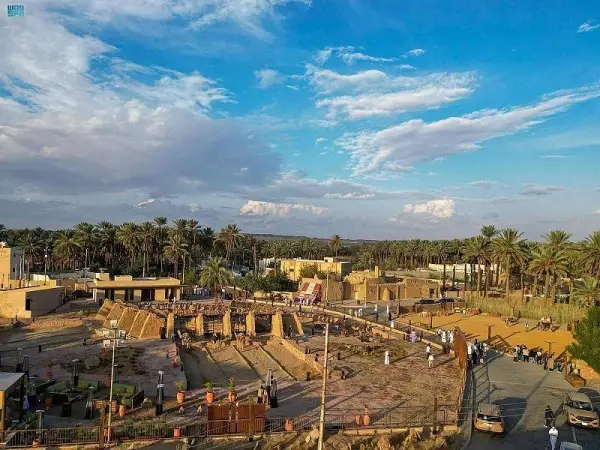
2. Tayma Museum
Housed in a restored palace, this museum showcases artifacts from Tayma’s storied past, including Lihyanite statues , pottery, and tools unearthed from archaeological sites.
3. Old City Walls
Remnants of Tayma’s ancient fortifications, built from mudbrick and stone, encircle the oasis, offering a glimpse into its defensive strategies against invaders.
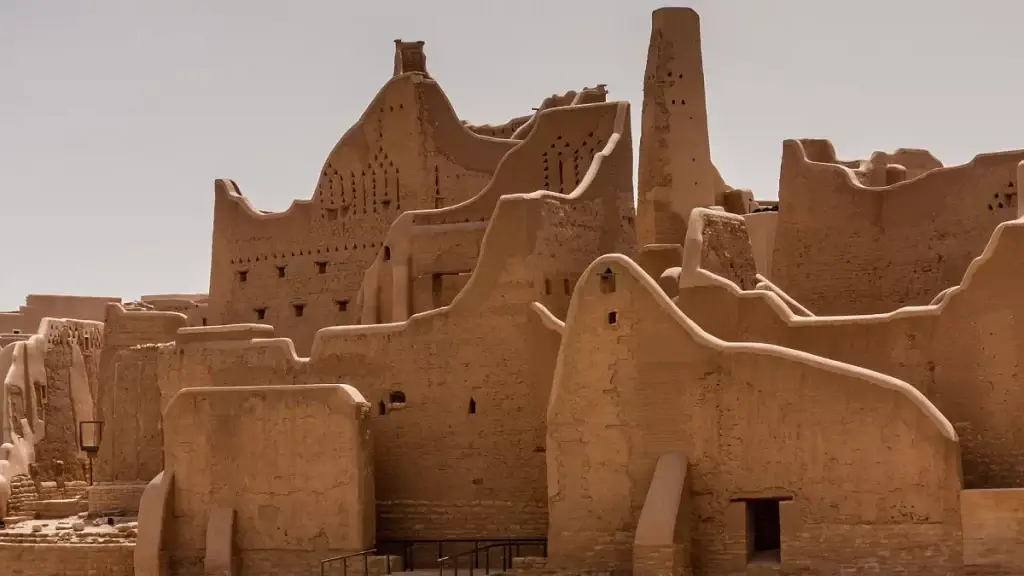
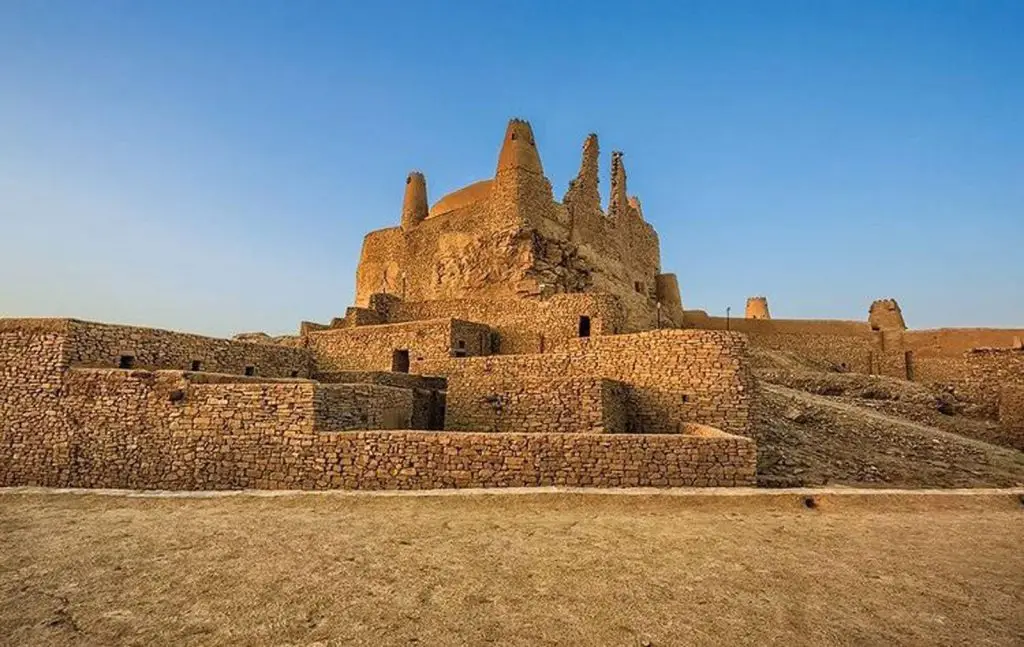
4. Qasr Al-Ablaq
This multicolored sandstone palace, built in the 19th century, exemplifies Najdi architecture with its intricate geometric patterns and towering gates.
Cultural Experiences
- Desert Safaris : Explore the Nufud Desert surrounding Tayma on a 4×4 adventure or camel trek.
- Stargazing : The oasis’s clear skies provide ideal conditions for observing constellations, best enjoyed with local guides who share Bedouin starlore.
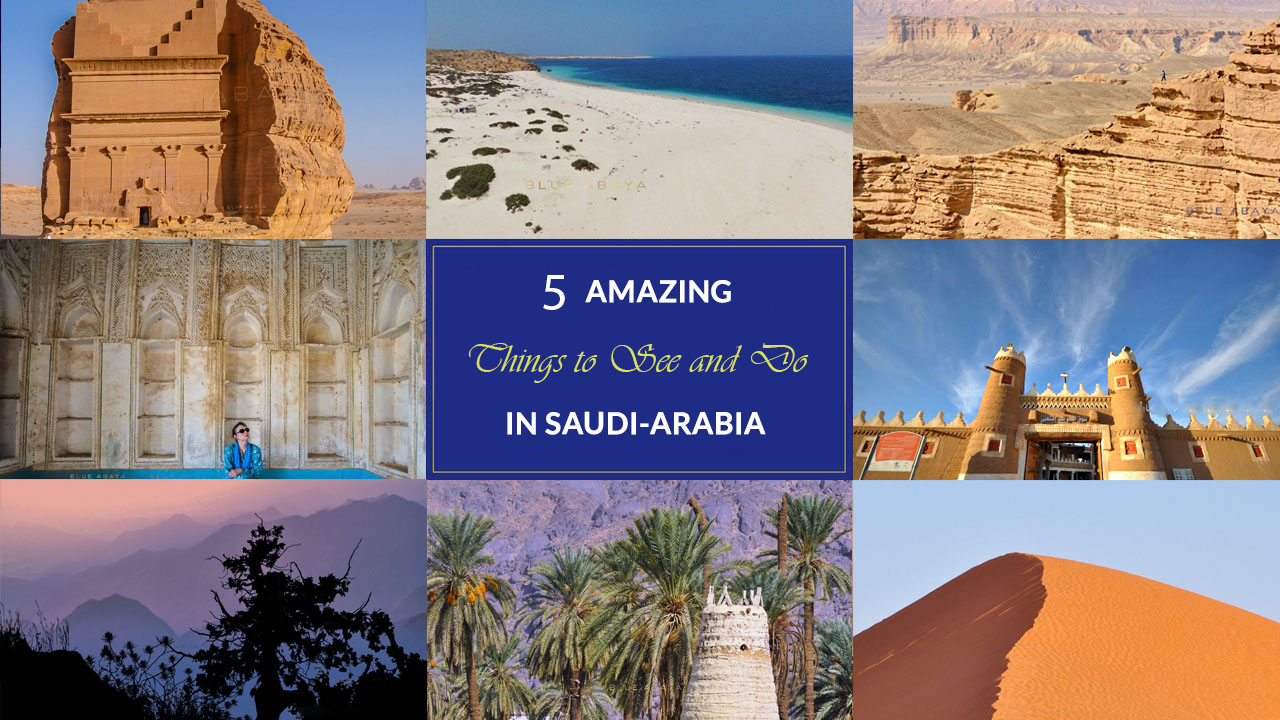
Practical Travel Tips
Best Time to Visit : October to March, when temperatures are mild and pleasant.
Getting There : Fly into Al-Ula Airport (2 hours from Khaybar) or Tabuk Regional Airport (1.5 hours from Tayma). Rent a 4x4 for flexibility.
Where to Stay : Luxury options like Habitas Al-Ula or budget-friendly guesthouses in Tayma’s old town.
Cultural Etiquette : Dress modestly, seek permission before photographing locals, and respect archaeological sites.
Why Khaybar & Tayma Belong on Your Itinerary
Khaybar and Tayma are more than destinations—they are portals to Saudi Arabia’s layered past. Whether you’re marveling at Al-Naslaa’s split rock , tracing ancient irrigation channels, or savoring dates under swaying palms, these oases promise a journey rich in discovery. As Saudi Arabia’s tourism landscape evolves, these hidden treasures remain timeless, waiting to share their stories with the world.
Embark on this voyage through time with Pinkstone Travel Saudi, where every step uncovers a chapter of history.
